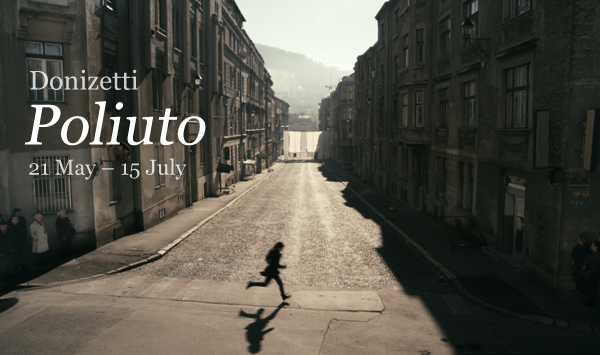My first visit to the Glyndebourne Festival 2015 was to see Donizetti's Poliuto and my day was the opposite of the opera.
My day started with a difficult drive down in heavy rain and more heavy rain while we set up our picnic in the table. Then, while we had our tea and cake, it gradually got brighter outside and eventually the sun came out and our excellent collection of umbrellas was not needed again.
The opera started with happily enough with Poliuto affirming his new Christian faith with a baptism but things went downhill somewhat rapidly after that to end in good tragic opera style.
The big advantage of getting there early (3pm) while it was still raining was that I got to walk through the gardens while most people were either staying safe at home or were sheltered in one of the cafe or bar areas. That meant that I could take pictures like this without the clutter of people getting in the way.
One of the delights of the first visit of the year is always to see how the gardens have changed and this year the big difference was addition of a rose garden just beyond the croquet lawn. There was also a new White Cube Gallery but, surprisingly, less art than usual in the rest of the garden.
Each visit to Glyndebourne is a negotiation between the group members and this time we agreed on fairly cheap seats, but in my favourite area the centre block of the Upper Circle. We were in E16-E19 which cost us £85 each. I think that is the best value section of the house. Our view was good, as always.
We had gone for fairly cheap seats as nobody knew Poliuto, not surprising as it is not performed very often, but the Donizetti brand (plus Glyndebourne's) was enough to tempt us to go.
Poliuto is a fairly simple play of a one woman and two men with the complication that one of the men converts to a banned religion and so faces death at the order of the other. That gave us three soloists at the centre of the story and a large chorus that alternated between Christians and Romans. And that set the scene for the evening that was rich with beautiful solos, duets, trios and choruses.
The staging was simple but effective with walls sliding around to make street scenes and different rooms. Only a few props were used, little more than a bed that was used once, and some of the other effects were done with lighting. I especially liked the way that a prison window was projected in one scene and I wish that it had stayed there longer. The other lighting was possibly too simple with a lot of spotlights being used on the main singers.
Overall it felt more like the Glyndebourne that I fell in love with years ago with almost all of the focus on the singing (and the music behind it) and much less attention paid to the ephemera of the stage. I prefer simpler presentations and this one worked very well.
The main reason that it worked so well was because of the singing and this was all wonderful. I joined in the traditional foot-stamping for all three soloists.
This was Glyndebourne just as I like it.









No comments:
Post a Comment
All comments are welcome. Comments are moderated only to keep out the spammers and all valid comments are published, even those that I disagree with!